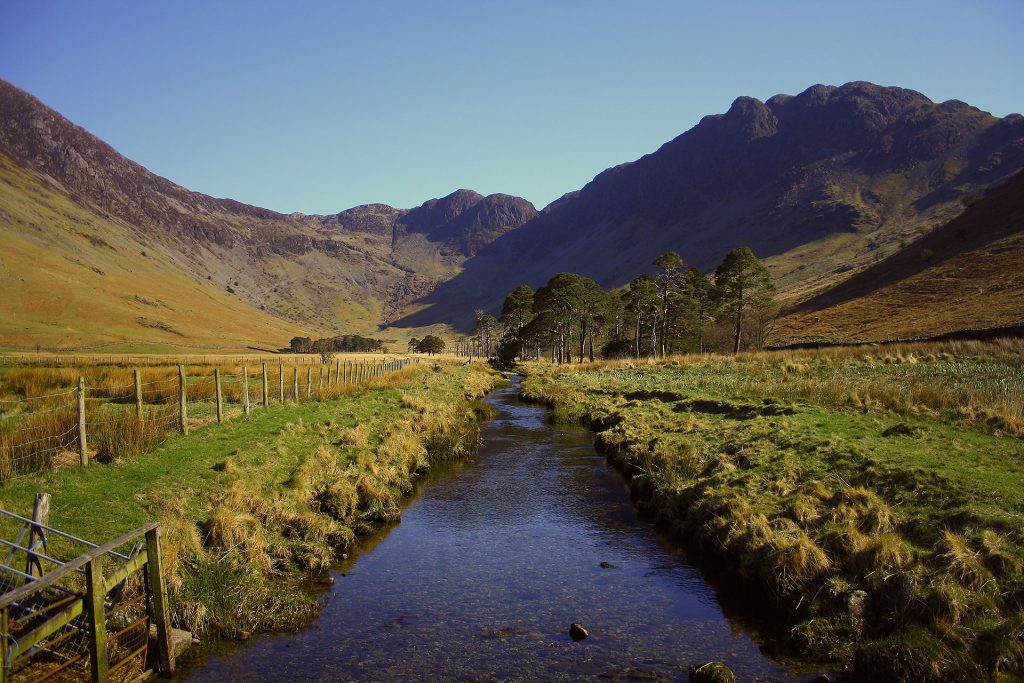
Tracking the sources of freshwater contamination will soon be a lot quicker and more accurate with the completion of successful field trials of a new DNA-based tracer technology.
A team led by ESR scientist Dr Liping Pang has developed DNA tracers that have undergone successful field trials in groundwater, surface water and soil.
Dr Pang, who presented the research at the recent New Zealand Hydrological Society Conference in Rotorua, says the technology offers the promise of much better tools to investigate water contamination events like the one that struck the Havelock North drinking supply in 2016.
Current contamination tracking using fluorescent dyes and salts are limited to one location at a time and can have an adverse impact on aquatic organisms if applied at high concentrations.
Other techniques can be used to indicate the causes of the contamination but do not offer investigators accurate information to help track both the source and the pathway of the contamination.
DNA tracer technology offers a rapid and efficient means of tracking multiple potential contamination sources and pathways. The technology enables those in charge of water resources to identify which of multiple potential sites are responsible for the contamination, and mount a quick response to any event that may be having an impact on water quality.
Dr Pang’s research on the use of DNA tracers began in October 2016 with a successful bid to MBIE (Ministry of Business Innovation and Employment) Smart Ideas fund.
The tiny DNA tracers are chemically synthesized in a laboratory. These synthetic DNA sequences are environmentally safe as they are not derived from the genomes of any organism and have no genetic function.
As a result of the research a suite of 20 different DNA tracer sequences is now available, each with a unique identifier. These are either free DNA molecules or encapsulated within microparticles of naturally occurring biopolymers.
The new tracers are biodegradable and non-toxic, so they can be used in ecologically sensitive freshwater environments.
Dr Pang says the tracers will allow scientists to track multiple pollution sources and pathways without posing risk to sensitive environments and can be used to track water contamination by a wide range of contaminants.
The microencapsulated tracers are protected from environmental factors such as UV and chemicals. They are designed to be used in surface water and wastewater. “Free” DNA tracers can be used in porous soils and aquifers.
In a contamination event the tracers could be applied to suspected contamination source and will be carried along with the water body, eventually reaching a receiving water.